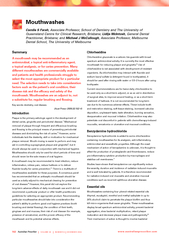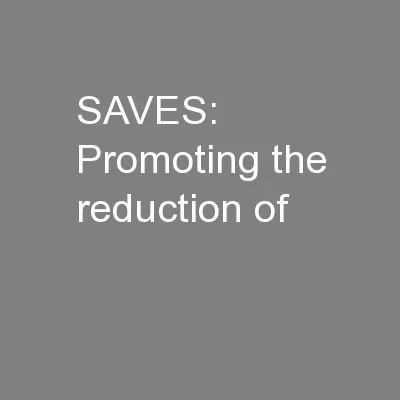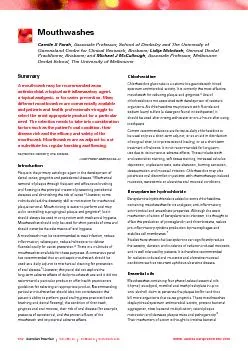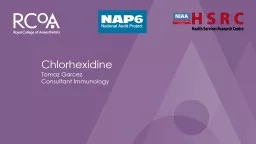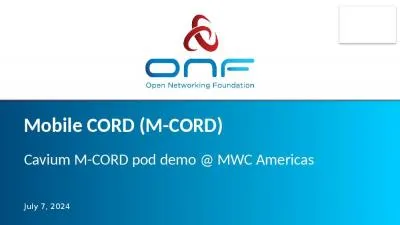PPT-Better Cord Care Saves Babies' Lives: Mapping Chlorhexidine
Author : lois-ondreau | Published Date : 2018-11-04
Introduction and Implementation Examples from Madagascar Nepal and Nigeria Moving along the chlorhexidine implementation trajectory Planning to scaleup Introduction
Presentation Embed Code
Download Presentation
Download Presentation The PPT/PDF document "Better Cord Care Saves Babies' Lives: Ma..." is the property of its rightful owner. Permission is granted to download and print the materials on this website for personal, non-commercial use only, and to display it on your personal computer provided you do not modify the materials and that you retain all copyright notices contained in the materials. By downloading content from our website, you accept the terms of this agreement.
Better Cord Care Saves Babies' Lives: Mapping Chlorhexidine: Transcript
Download Rules Of Document
"Better Cord Care Saves Babies' Lives: Mapping Chlorhexidine"The content belongs to its owner. You may download and print it for personal use, without modification, and keep all copyright notices. By downloading, you agree to these terms.
Related Documents




